
In his landmark study into human thought processes, developmental psychologist, Jean Piaget, found that 80% of the population were concrete thinkers and the other 20% were abstract thinkers. Since the 1980′s, scientists suggest that the abstract figure is closer to 15%. This is a significant statistic … and this here empty sentence is written to give you some pause for thought before we look at the implications of this for us as writers.
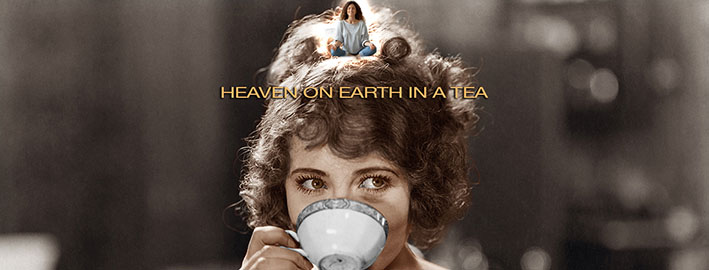
Welcome to the metaphor — a literary device that compares one thing as another. Often described as “writing pictures”? And that’s what metaphors are all about — translating abstract concepts into concrete visuals. Here are eight that top the pops for size, weight and distribution.
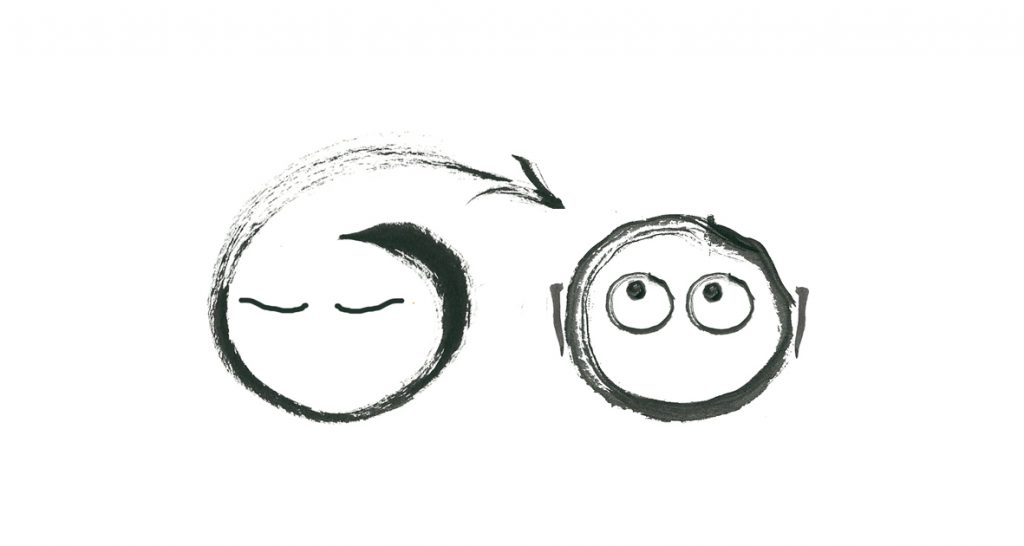
So you are about to write. Change from inside out POV (self regarding) to outside in (other regarding) and your imagination suddenly opens to new, more refreshing ways to connect and engage him or her with your story.

No matter the target audience; no matter the subject; no matter the medium; the craft of copywriting employs all four purposes in the one sitting. Unlike all other forms of writing, copywriting is conversing with a reluctant, impatient and, quite likely, skeptical target audience. You can easily lose them any sentence along the way. That’s where all four purposes of writing combined keep them interested.

This form of inquiry is based on asking questions to activate critical thinking and to illuminate ideas. The basic form is a series of questions intended to discover the reality, truth and/or perceptions of a subject. It’s exploratory in approach. You not only nail general characteristics but also enable the ‘information gatekeeper’ to discover their own deeper understanding of the subject. Socrates was a master devil’s advocate (and sentenced to death for it in the end) which makes his method inherently adversarial — there is persistence, probing and (sometimes) courage in the act of digging deeper rather than settling for answers at face value. So you’ve got to project a genuine desire to want to know for the benefit of the one being questioned; this usually comes in the form of listening. It helps to be more like a psychotherapist than an investigative journalist.
It is with great pleasure to introduce you to Helen Sword as guest speaker here today at the Copywriting in Action Live-On-Line School. The first time I read her article, Stylish Academic Writing [The Conversation; July 2012]¹ I promptly shared it with all my copywriting, editing and clear writing students, and I have been doing […]
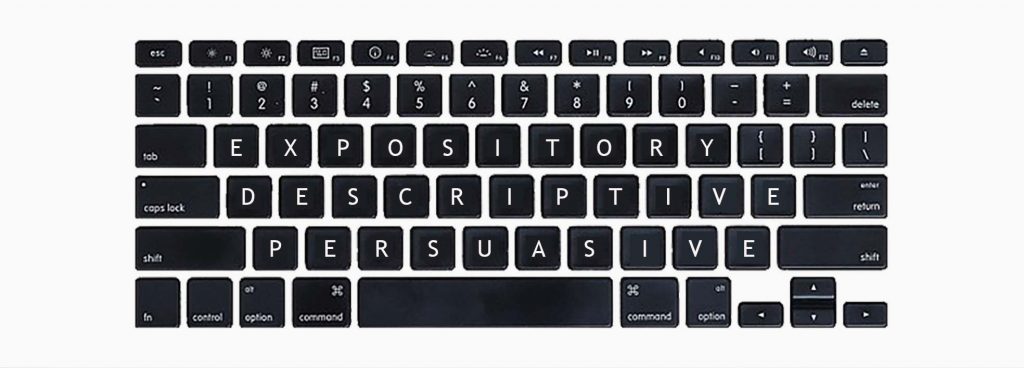
COPYWRITING IN ACTION COURSE INSIGHT #15 The 6 Genres of Copy Writing for Selling and Telling [Part1] There are four purposes of copywriting (and all types of writing for that matter): to inform, to instruct, to persuade, to entertain or a combination of these. But how do we make sure that our purpose is properly […]
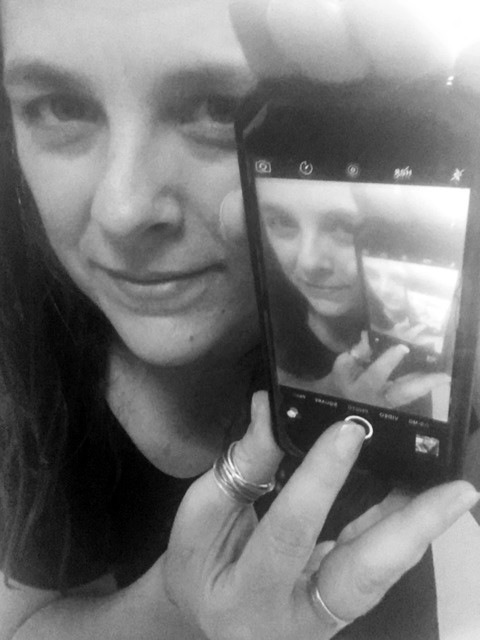
The eDM Whisperer. An interview with Megg@Bennetts Jazz Club. Just like love, the idea of Christmas has inspired many a song rejoicing in it, wishing upon it, rockin’ to it, and making merry about it. The fact that there are over a million Christmas songs tells us this is a special time of year. A […]
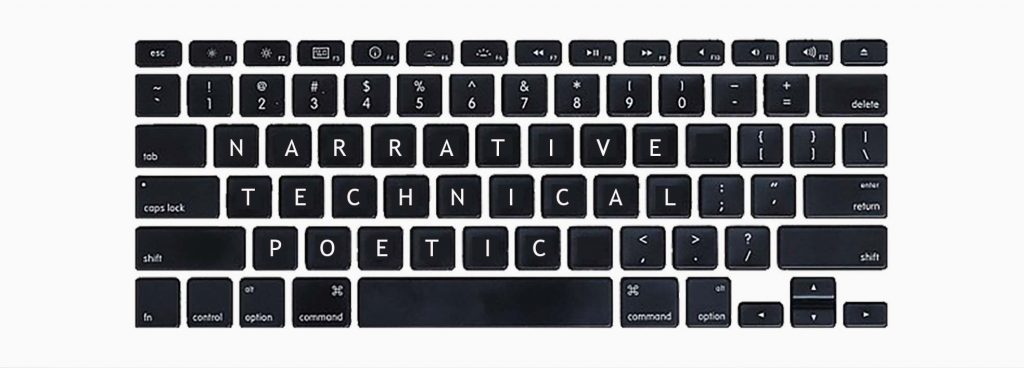
To inform, to instruct, to persuade and to entertain: these are the four purposes of copywriting. Any other writing can be one or a combination of those, but in copywriting it’s all four. Why? Because copywriters have the most disinterested audience of all. Once you’re clear about that and the six genres of writing, you’re ready to craft sentences that suspend disinterest all the way to the final full stop.








